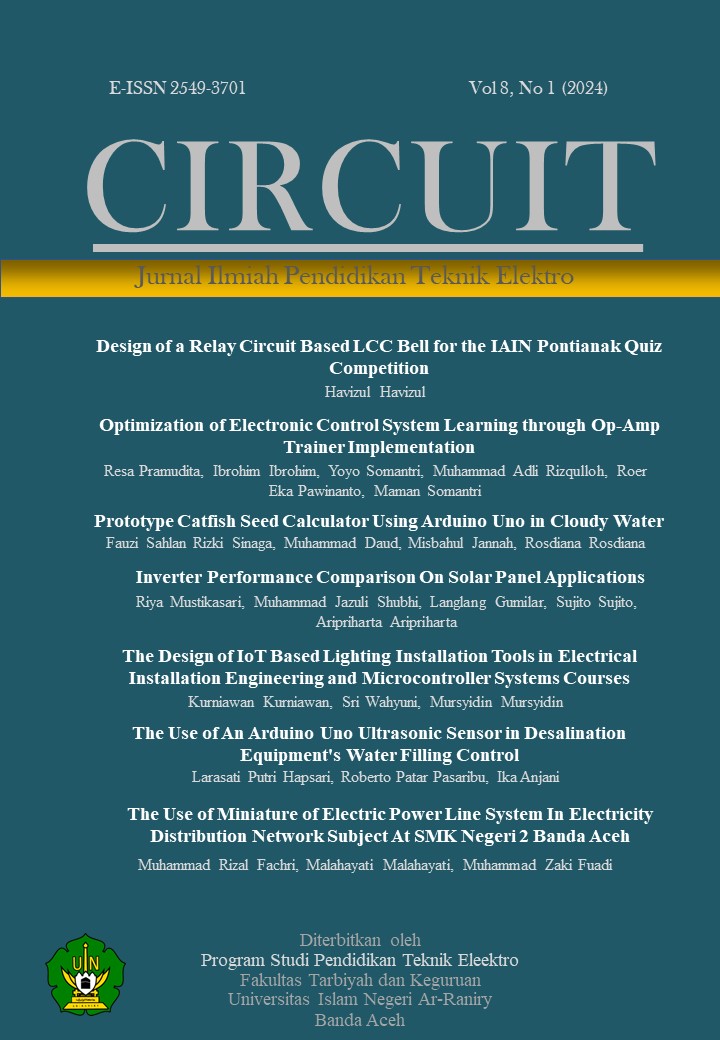Use of Mini Solar Panels for Battery Charging in the Mini Robot Warehouse
DOI:
https://doi.org/10.22373/crc.v8i1.18472Keywords:
Robot car, Warehouse, Solar panel, ElectricityAbstract
Industrial businesses have employed various robot cars to execute tasks related to goods movement, such as the Warehouse Robot Car, which utilizes a line follower sensor system. However, the substantial electricity consumption poses a challenge due to excessive energy use in robot cars. In light of this issue, the research aims to assess the utilization of mini solar panels in robot cars equipped with 3.3V Li-ION 18650 batteries. The primary objective is to calculate the electricity required to operate a line-following robot car within the designated sector. The approach involves designing robotics and solar panel systems for generating input and output power, including charging measurements. According to the findings, solar panels can charge at a maximum rate of 0.206358 watts for 45 minutes, while the robot can operate at a minimum rate of 0.26 watts for 29 minutes, resulting in a charging efficiency to robot performance of 43.5 percents.
Downloads
Published
Issue
Section
License
Authors who publish in CIRCUIT: Jurnal Ilmiah Pendidikan Teknik Elektro agree to the following terms:
- Authors retain copyright and grant the journal right of first publication with the work licensed under a Creative Commons Attribution-ShareAlike 4.0 International License (CC BY-SA 4.0) that allows others to share and adapt the work with an acknowledgement of the authorship and initial publication in this journal
- Authors are able to enter into separate, additional contractual arrangements for the non-exclusive distribution of the journal's published version of the work (e.g., post it to an institutional repository or publish it in a book), with an acknowledgment of its initial publication in this journal.
- Authors are permitted and encouraged to post their work online (e.g., in institutional repositories or on their website) prior to and during the submission process, as it can lead to productive exchanges, as well as earlier and greater citation of published work. (See The Effect of Open Acces)

